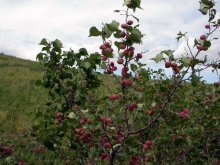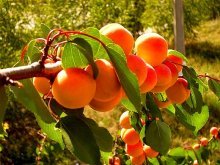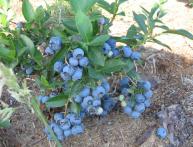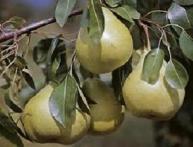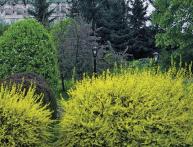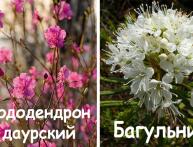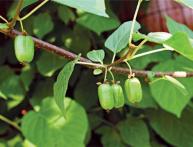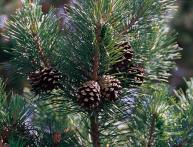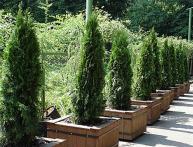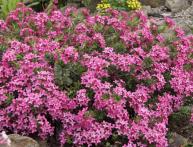Siberian apricot: decorative properties of the plant and its care
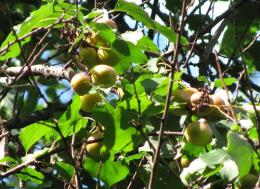
Siberian apricot is beautiful and impressive at any time of the year. In spring - with flowering, in summer - with a green mosaic of foliage, in autumn - with the brightness of fruits and foliage. This tree is simply created for landscape design.
Content:
- Siberian apricot. Flowers and fruits
- Decorative properties of Siberian apricot and landscape design
- Reproduction, selection, care
Siberian apricot. Flowers and fruits
Apricot Siberian - bush tree. Its height is 1.5 m. The leaves of this plant are 2-5 cm long and have a heart-shaped or ovoid shape. Small, blunt teeth run along the contour of the leaf and converge into a sharply elongated long point. The leaves are attached to the branches by a petiole covered with fluff, almost the length of a leaf.
Siberian apricot is frost- and drought-resistant, light-loving. He does not like a lot of moisture and flooding. The plant is undemanding to the soil; the only thing it doesn’t like is its salinity.
In the spring, in April-May, many fragrant flowers bloom on a bare, leafless plant. Bees willingly fly up to trees and take nectar and pollen from flowers. White or slightly pinkish flowers on short stalks cover the entire tree. Apricot blooms profusely every year; frosts do not affect flowering - the flowers do not die. Siberian apricot is a honey plant.
Ripe Siberian apricot fruits are small, up to 2.5 cm long. They are round and flattened in shape. Ripe fruits have a yellowish-green color with burgundy barrels. Ripe apricots often crack.
Their pulp has a bitter almond taste, this taste is given by toxic substances derived from cyanide. It is strictly forbidden to eat the seeds and fruits of Siberian apricot, they contain poison. Inside the fruit there is a fairly large, smooth stone.
Decorative properties of Siberian apricot and landscape design
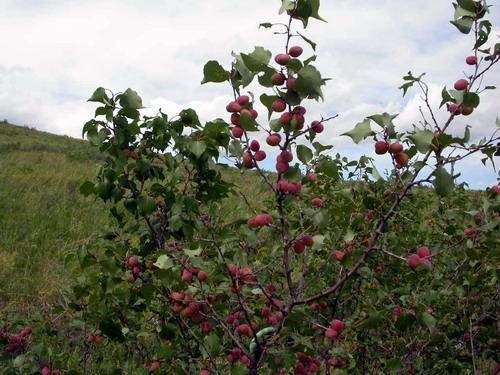
Siberian apricot by nature itself is designed to give beauty. He is beautiful at any time. flowering bush This plant is a huge bouquet growing straight from the ground. Apricot blooms earlier than other plants and delights with colorful, fragrant flowers. Then a green openwork of foliage appears. In autumn, the tree is decorated with velvety yellow-orange fruits, and later - bright red-purple foliage.
Siberian apricot, which has high decorative qualities, is used to landscape parks, gardens, and streets. It is used to create hedges and create compositions in which a single plant planted takes center stage. It is planted in groups and used to form alpine slides. The beauty of the plant is used by landscape designers.
Application:
- In folk medicine. Inedible apricot fruits containing amygdalin in their seeds have found use in folk medicine. The seeds are used for furunculosis; They are used to prepare drops used for nervous disorders, drops for the treatment and suppression of cough.
- In modern factories. Apricot seeds are also used in technological production. When obtaining fatty technical oil, bitter almonds are replaced with apricot seeds.
Reproduction, selection, care
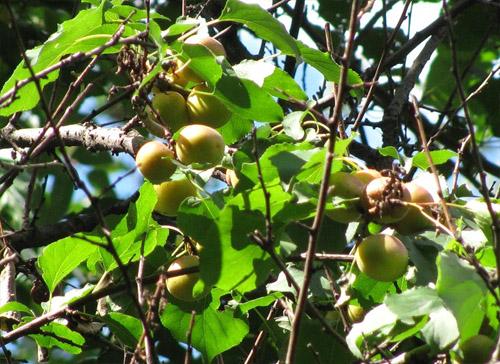
Apricot tree Propagated by seeds, the time of year for sowing is autumn and spring.When sowing in autumn, seeds from the freshly harvested crop are used. Before planting, it is recommended to keep the seeds in water at room temperature for 3 days.
For spring sowing, seeds begin to be prepared 2.5 months before planting. During this entire time, they are placed in a damp, cold environment, these can be boxes with sand or non-freezing soil. Seeds sown in the ground germinate in different ways. They can lie in the ground for 3 years, and only then give life to the plant.
Siberian apricot reproduces by seeds.
Frost resistance of Siberian apricot and selection
Siberian apricot is distinguished by exceptionally high frost resistance. It tolerates long and harsh windy winters without snow cover with an average daily temperature of minus 31°. Withstands air temperatures down to minus 56°.
The high frost resistance and drought resistance of this plant are attractive to breeders. When grafted from apricot seedlings, plants receive not only positive properties, but also the small size of the fruit, their cracking, and the bitterness of the pulp. Therefore, with the participation of apricot, hybrid varieties that are not afraid of frost and drought are developed.
At one time, Michurin managed to obtain from Siberian apricot seedlings frost-resistant varieties for the northern and central zone, the breeder received a variety with sweet fruits. The varieties bred by Michurin are still used in breeding and for landscaping.
To give plants resistance to frost and drought, Siberian apricot is used in breeding work.
Dry and diseased branches must be removed from the tree. Apricots need additional care. Almost all ovaries formed on the tree turn into fruits that hold firmly and do not fall off.A tree overloaded with harvest freezes and does not form new shoots. For its growth it is necessary to do anti-aging pruning. The plant needs regular pruning.
A beautiful low tree - Siberian apricot, participates in the creation of interesting landscape compositions. It, as an excellent breeding material, is used to impart frost resistance and unpretentiousness to new varieties of stone fruit trees.
Interesting video about Siberian apricot:
Interesting information about the vegetable garden

